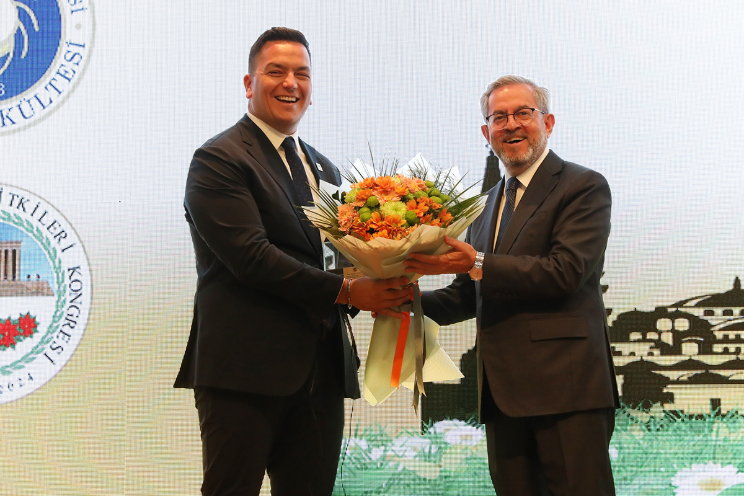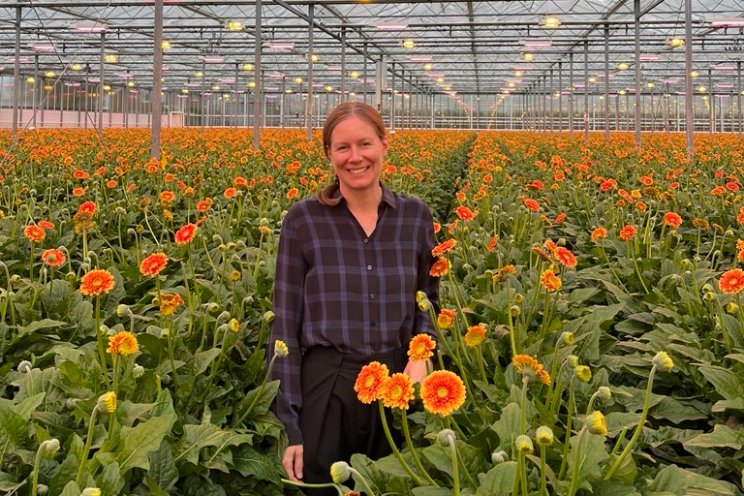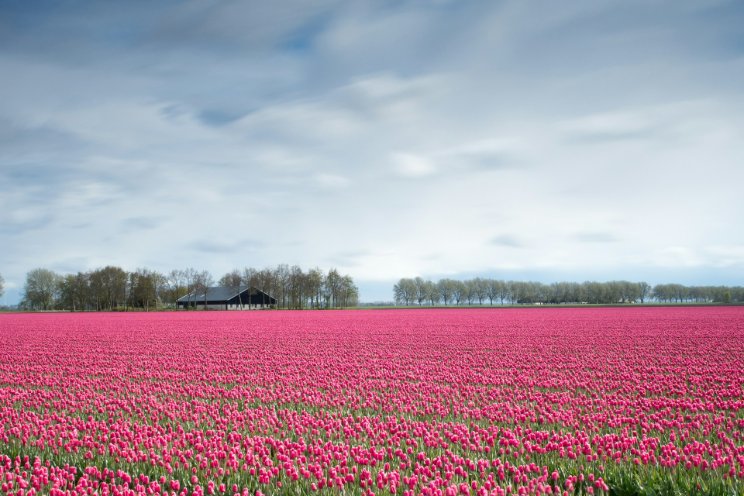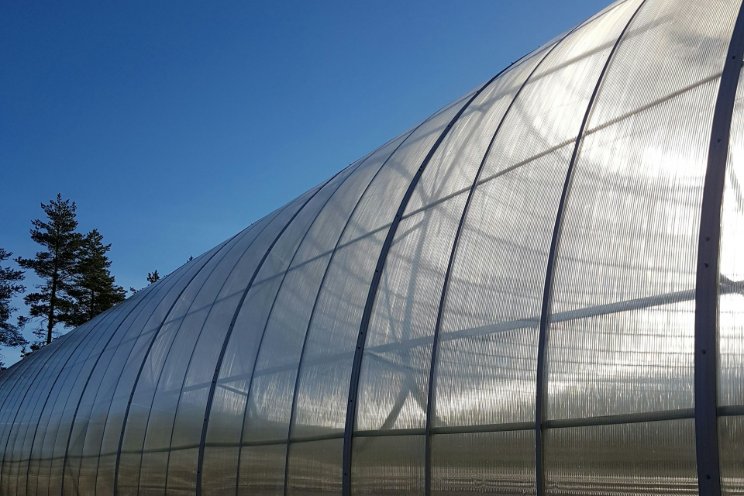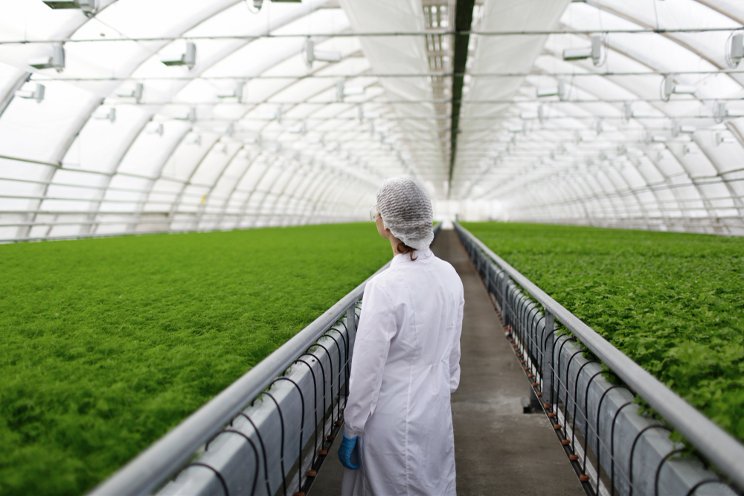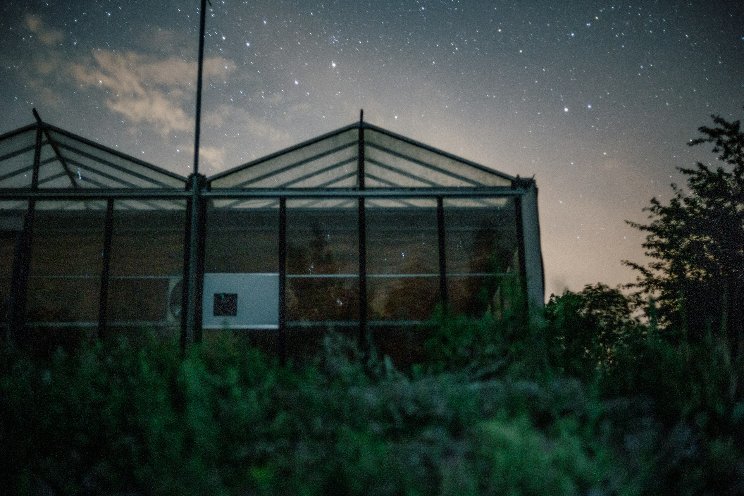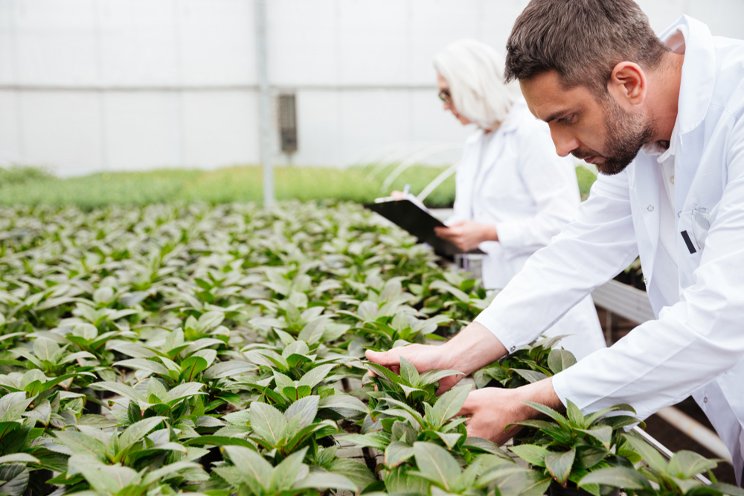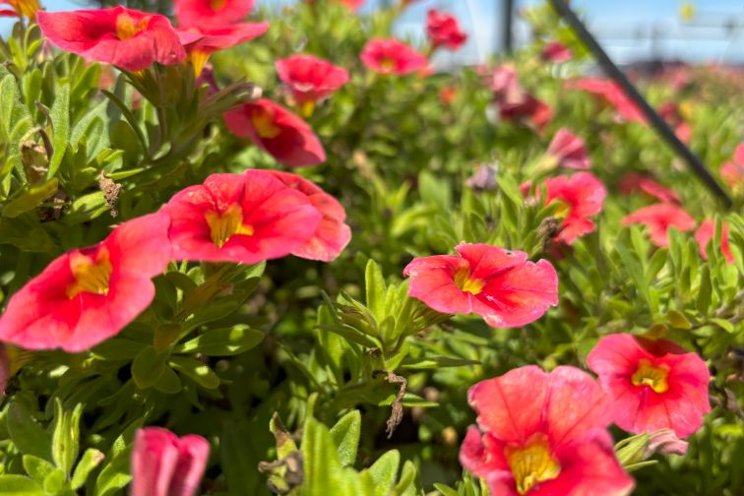Resurrected greenhouse to honor father of modern genetics
Added on 04 November 2020
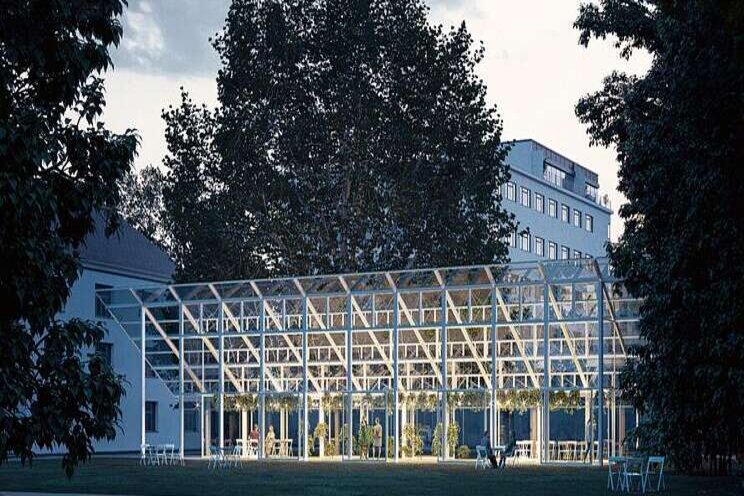

Born in 1822, Gregor Mendel spent eight seasons, from 1856 to 1863, cultivating and breeding pea plants in a 19th-century greenhouse that had been built in the St. Thomas Augustinian Abbey's gardens to cement the monastery as a leading center for scientific research. In 1870, however, a storm destroyed the building, leaving only its foundations intact today. The experiments that Mendel had conducted within the greenhouse are now widely recognized as the foundation of modern genetics.

CHYBIK + KRISTOF's resurrection of the historic greenhouse begins with the preservation of the foundations that will be integrated into the new structure and left visible. The foundations will inform the orientation and shape of the greenhouse, which will be reminiscent of the original building. "While the trapezoidal volume is identical to the original edifice, the reimagined supporting steel structure seeks inspiration from Mendel's three laws of inheritance - and the drawings of his resulting heredity system," explained the architects. "Likewise, the pitched roof, consisting of a vast outer glass surface, reflects his law of segregation and the distribution of inherited traits, and is complemented by a set of modular shades."

In addition to celebrating Mendel's work, the revived structure will primarily be used as a flexible events space that can adapt to a variety of functions, from conferences and lectures to temporary exhibitions. The flexible design will also be entirely exposed to the outdoors. For energy efficiency, the architects have integrated a concealed system of underground heat pumps into the greenhouse, as well as adjustable shades and embedded blinds to facilitate natural cooling and ventilation.
Images by monolot and CHYBIK + KRISTOF
Source: Inhabitat
Source: Inhabitat
More news
